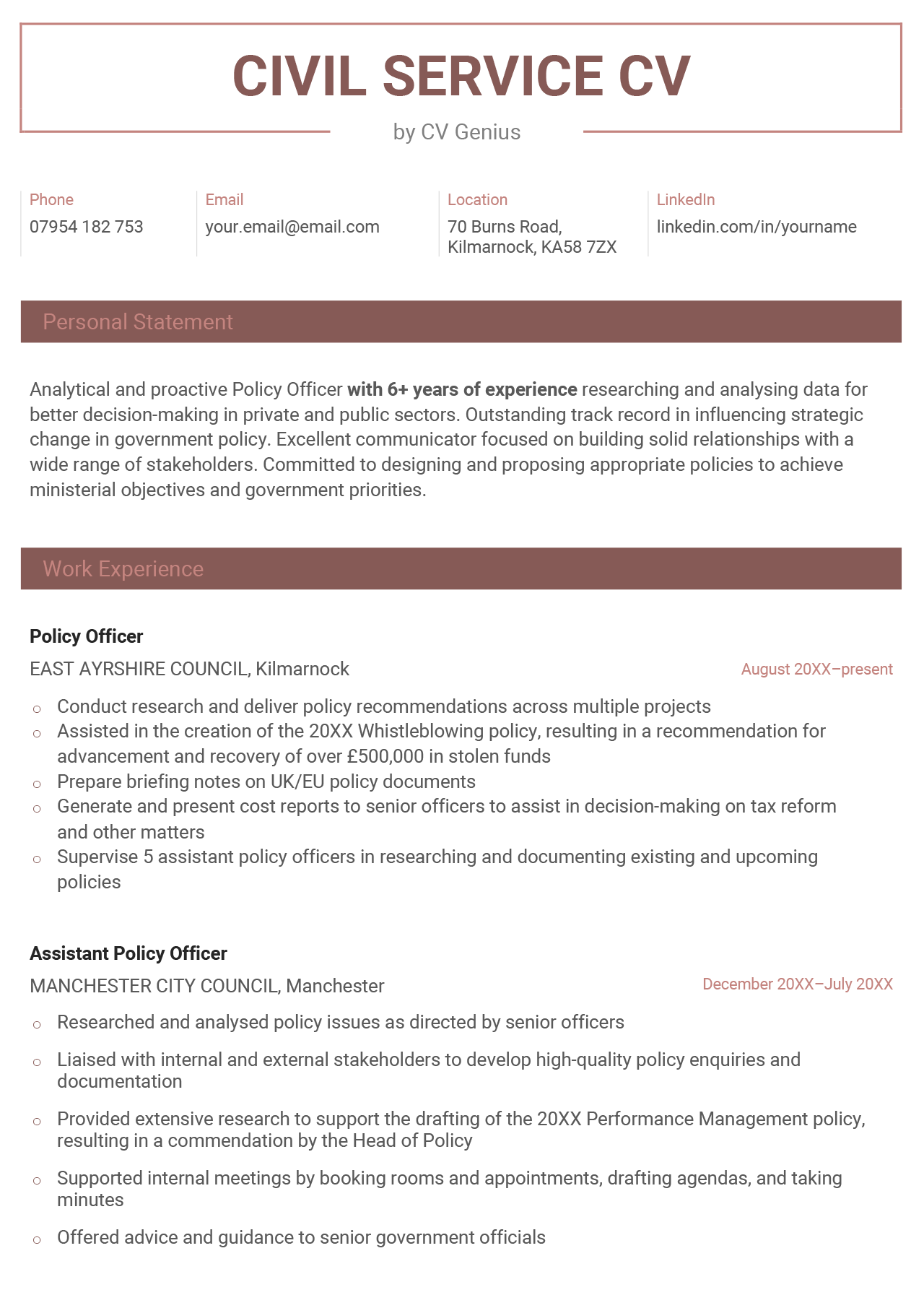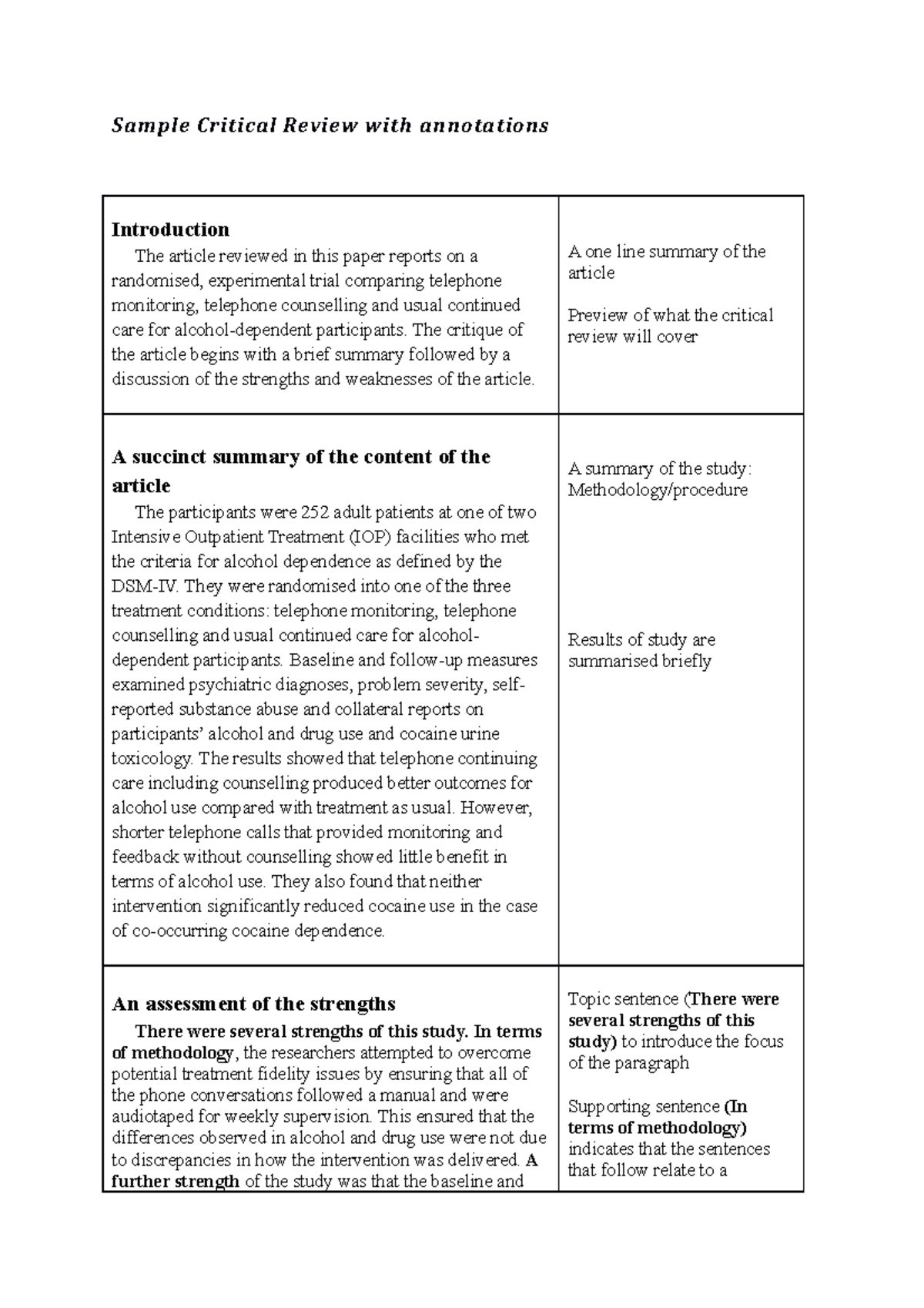Understanding the concept of "example" can transform the way we approach learning, decision-making, and problem-solving in everyday life. Whether you're a student, a professional, or simply someone looking to expand your knowledge, examples serve as a cornerstone for clarity and comprehension. They provide a tangible way to grasp abstract ideas, making them accessible and actionable. This article dives deep into the significance of examples, exploring their applications, benefits, and the ways they shape our understanding of the world.
From illustrating complex theories to guiding practical solutions, examples are indispensable tools for effective communication. They act as bridges between theoretical knowledge and real-world application, enabling us to connect the dots in meaningful ways. By examining various scenarios and contexts where examples play a pivotal role, we can uncover their true potential and learn how to harness their power.
In this comprehensive guide, we’ll explore the multifaceted role of examples, answering key questions and providing actionable insights. Whether you’re looking for ways to improve your teaching methods, enhance your problem-solving skills, or simply gain a deeper appreciation for this fundamental concept, this article is designed to equip you with the knowledge and tools you need. Let’s embark on this journey to discover how examples can elevate your understanding and impact your daily life.
Read also:Discover The Allure Of Lela Sohna Erome A Complete Guide
Table of Contents
What is an Example?
An example is a specific instance or illustration used to clarify or explain a broader concept. It serves as a practical representation of an idea, making it easier to comprehend and apply. Examples can take many forms, such as stories, analogies, case studies, or demonstrations, and are widely used in education, business, science, and everyday communication.
For instance, when explaining the concept of gravity, a teacher might use the example of an apple falling from a tree. This simple illustration helps students visualize and understand the abstract force of gravity in action. Similarly, in business, case studies of successful companies serve as examples that highlight strategies and practices worth emulating.
Why Are Examples Important?
Examples are vital because they provide context and relevance, bridging the gap between theory and practice. They make complex ideas more relatable and easier to grasp, fostering deeper understanding and retention. Additionally, examples inspire creativity and critical thinking by encouraging individuals to draw connections and apply knowledge in new ways.
How Can Examples Help in Learning?
Examples play a crucial role in the learning process by breaking down complex information into digestible pieces. They allow learners to see how theoretical concepts apply in real-world scenarios, enhancing comprehension and retention. For example, a math teacher might use word problems to demonstrate how algebraic equations can solve practical challenges.
What Are Some Real-Life Examples?
Real-life examples are everywhere, shaping the way we perceive and interact with the world. For instance, consider the way technology has revolutionized communication. The evolution of smartphones serves as a prime example of how innovation can transform everyday life. Similarly, the success stories of entrepreneurs like Elon Musk or Oprah Winfrey provide powerful examples of perseverance and vision.
Biography of a Person Who Used Examples Effectively
One individual who mastered the art of using examples to inspire and educate is Albert Einstein. Known for his groundbreaking contributions to physics, Einstein often relied on thought experiments and relatable examples to explain complex theories. His famous analogy of a person riding a beam of light helped lay the foundation for the theory of relativity.
Read also:Discovering Anastasiya Kvitko The Rising Star Taking Social Media By Storm
| Personal Details | Information |
|---|---|
| Full Name | Albert Einstein |
| Date of Birth | March 14, 1879 |
| Place of Birth | Ulm, Germany |
| Notable Achievements | Developed the Theory of Relativity, Nobel Prize in Physics (1921) |
| Legacy | Revolutionized modern physics and inspired generations of scientists |
How Do Examples Influence Decision-Making?
Examples can significantly impact decision-making by providing evidence and context. When faced with a choice, people often look to past examples to guide their decisions. For instance, a business leader might analyze case studies of companies that successfully navigated economic downturns to inform their own strategy.
Can Examples Be Misleading?
While examples are powerful tools, they can sometimes be misleading if taken out of context or generalized incorrectly. For example, using a single success story to justify a risky business decision may overlook other critical factors. It’s essential to evaluate examples critically and consider multiple perspectives before drawing conclusions.
The Role of Examples in Communication
Examples enhance communication by making messages more engaging and relatable. Whether you’re delivering a presentation, writing an article, or having a conversation, incorporating examples can captivate your audience and drive your point home. For instance, a motivational speaker might share personal anecdotes to illustrate the importance of resilience and determination.
How to Create Effective Examples?
Creating effective examples requires a clear understanding of your audience and the message you want to convey. Start by identifying the key concept you wish to explain and then choose an example that aligns with your audience’s experiences and interests. For example, if you’re teaching children about teamwork, you might use a story about animals working together to build a shelter.
Examples in Different Fields
Examples are used across various fields to enhance understanding and drive innovation. Below are some examples of how different industries leverage this powerful tool:
- Education: Teachers use historical events as examples to teach students about cause and effect.
- Science: Researchers rely on experiments to provide concrete examples of theoretical concepts.
- Business: Companies analyze market trends and competitor strategies as examples to refine their own approaches.
- Healthcare: Medical professionals use case studies to illustrate the effects of treatments and interventions.
Conclusion
Examples are invaluable tools that enrich our understanding, enhance communication, and drive decision-making. By providing context and clarity, they help us navigate complex ideas and apply knowledge in practical ways. Whether you’re a student, educator, professional, or lifelong learner, embracing the power of examples can unlock new opportunities and deepen your appreciation for the world around you.
As we’ve explored throughout this article, examples are not just illustrations—they are catalysts for learning, growth, and innovation. By leveraging their potential, we can continue to expand our horizons and make meaningful contributions to our fields of interest. So, the next time you’re faced with a challenging concept or decision, remember the transformative power of a well-chosen example.

